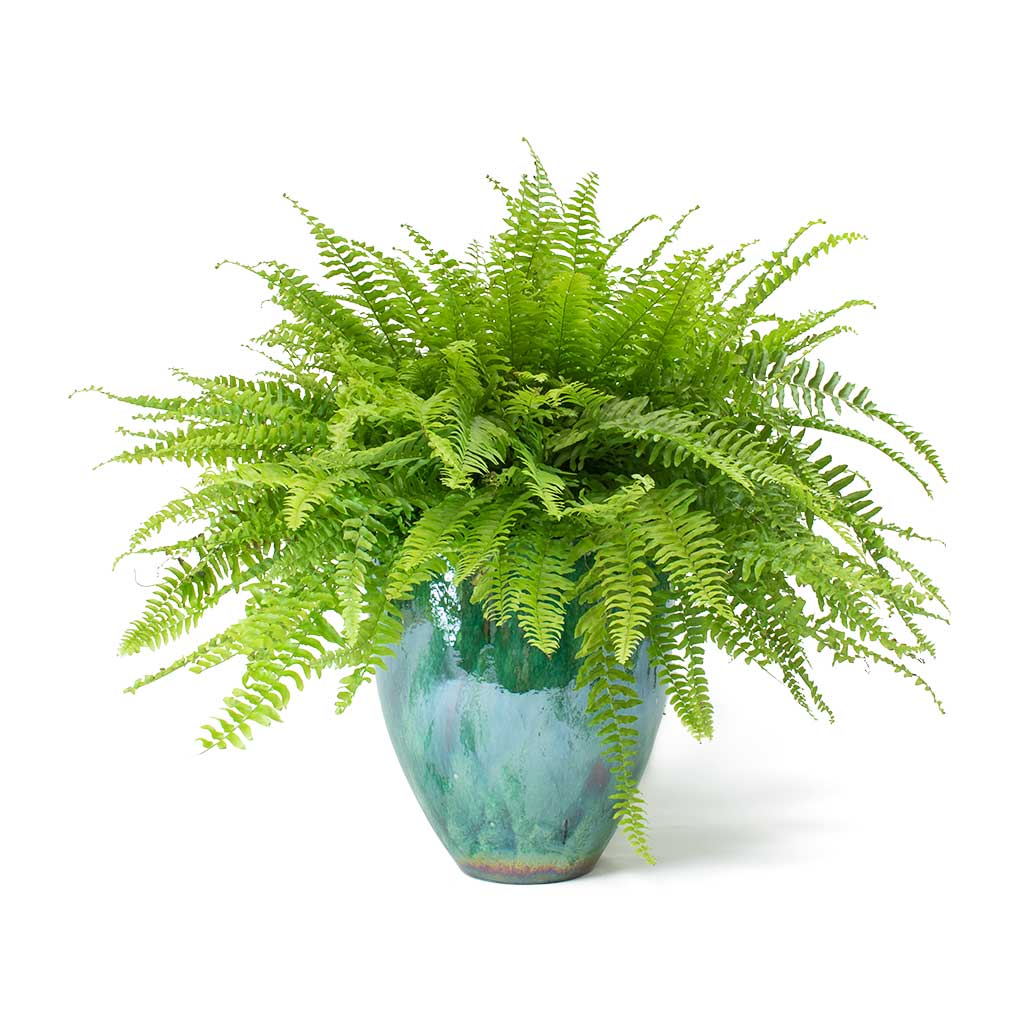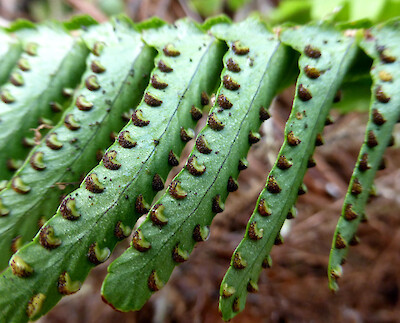Nephrolepis cordifolia
| Surname | Polypodiaceae |
|---|---|
| Leaf color | silver green, green |
| Tăng trưởng | nhanh |
| Breeding | spores, Spores develop in the branching lobes of the antennae |
| Diseases & Pests | spiders, aphids, root rot, leaf rot |
Note: The above information is only relative, the living conditions of the tree also depend a lot on other objective factors.
How to grow and care for Nephrolepis cordifolia
Light
The tamarind fern (Nephrolepis cordifolia) prefers bright, indirect light.
Temperature
Water
Water a lot, but keep it airy. Avoid water stagnation which will cause root rot.
Humidity
The best humidity for Ficus reticulata is above 70%.
pH
Nephrolepis cordifolia, ideal pH range from 5.0 - 7.0 pH.
Some characteristics of Tamarind fern
Leaves: Both fertile and sterile leaves are pinnate. There are numerous leaflets, or pinnae, measuring 40–100 mm (1.5–4 in) on each side of the leaf axis. Each pinnae is oblong, lanceolate, with an auricle overlapping the rachis.
Roots: Orange/brown to light brown, straight scales with hairs similar to root tips. Stems are straw colored and produce small underground tubers. The presence of tubers distinguishes it from other Florida wood ferns.
Similar species - Boston fern
The bonsai fern (Nephrolepis cordifolia) is very similar to the cultivated and introduced Boston fern (Nephrolepis exaltata). The two species can be distinguished by the following minor differences:
The sword fern (Nephrolepis cordifolia) has cotyledons with overlapping 'leaflets' (i.e. leaflets) at the base. Small flaps of tissue (i.e. indusia) cover its reproductive structures (i.e. sori) which are broadly kidney-shaped (i.e. reniform). It typically produces round, fleshy, underground tubers.
The Boston fern (Nephrolepis exaltata) has leaves with non-overlapping 'leaflets' (i.e. leaflets). The small flaps of tissue (i.e. indusia) covering its reproductive structures (i.e. sori) are roughly circular (i.e. near-orbital). It does not produce any underground tubers.
Image of mature Nephrolepis cordifolia plant
Indoor Plant Care Guide
The most important and basic knowledge about growing plants indoors:












